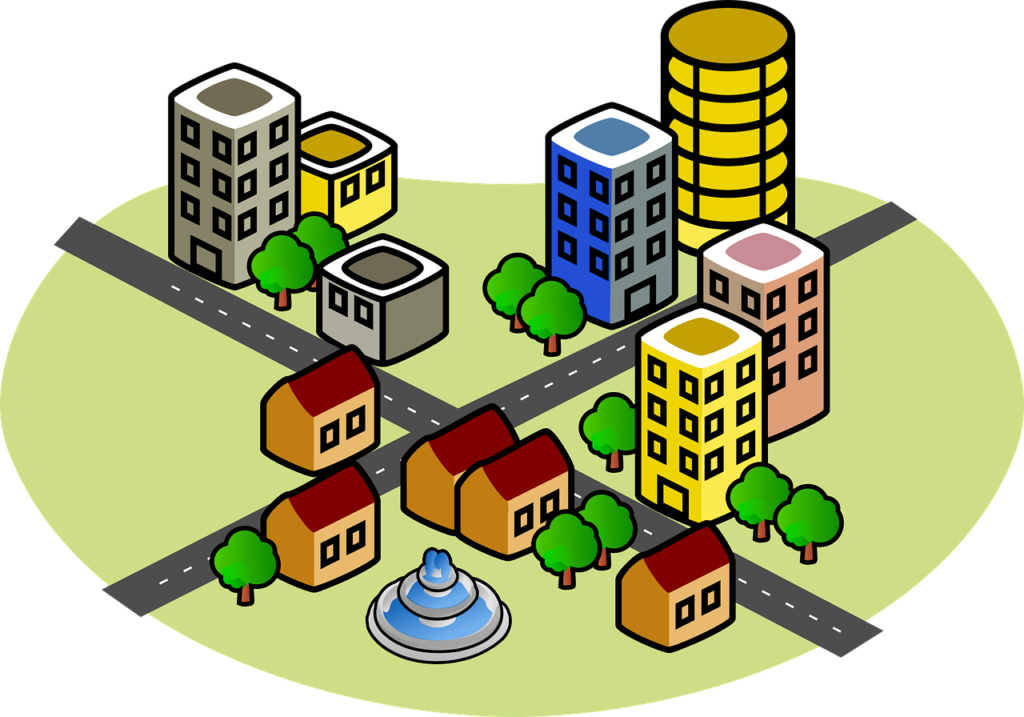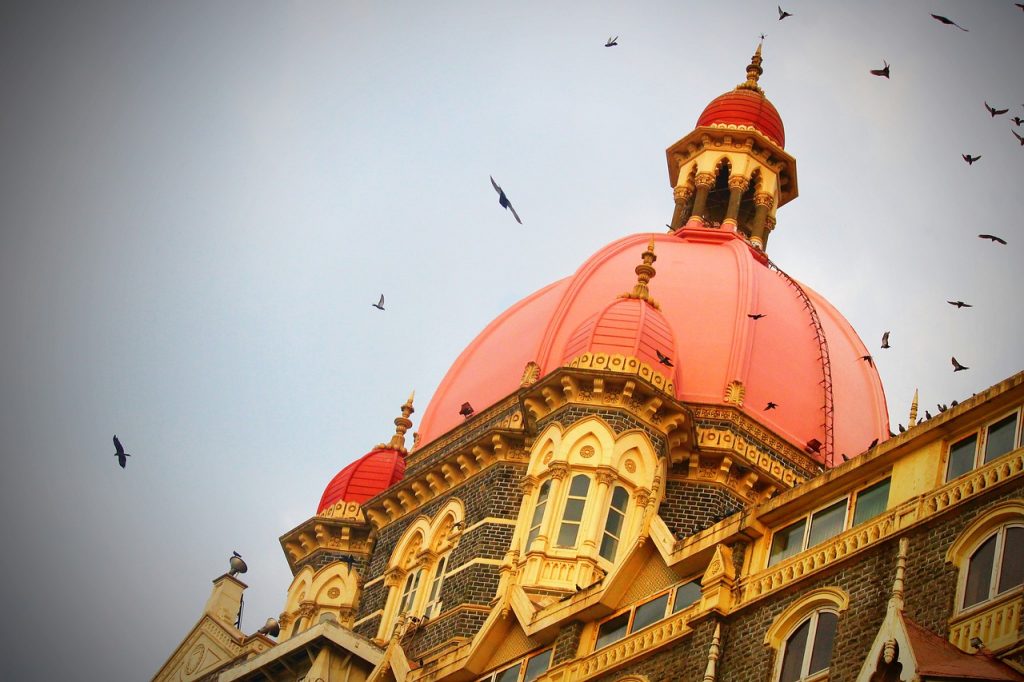Kashmir has had a history of earthquakes. One of the earliest documented is the one that occurred in 1555. Since then, many earthquakes and numerous tremors have rocked the valley and claimed several lives. It includes the earthquakes of 1888, 2005, 2019, and the latest one that happened on December 27, 2021!
Some experts believe it is the weak and vulnerable (non-resistant to earthquakes) structures of buildings in Kashmir responsible for many earthquake-related casualties in Jammu and Kashmir.
(Source – https://thekashmirwalla.com/earthquakes-dont-kill-people-buildings-do-kashmirs-vulnerable-infrastructures/)
Accordingly, this blog explores a few reasons for the need for earthquake-resistant buildings in J&K.
Kashmir’s Earthquake Zone
Kashmir falls in Zone 4 and Zone 5. Zone 4 is termed High Damage Risk Zone and is likely to experience earthquakes of intensity MSK VIII. But the region also falls in Zone 5 that refers to the highest risk of suffering earthquakes (MSK IX or greater). Considering that J&K falls in two high-risk earthquake zones, one may not necessarily need an expert to recommend the development of earthquake-resistant buildings in Kashmir.
(Source – https://en.wikipedia.org/wiki/Earthquake_zones_of_India)
Why is Kashmir Prone to Earthquakes?
Now, you may wonder, why is Kashmir prone to earthquakes? Or, in other words, why does Kashmir fall in the Zone 4 and Zone 5 category? The answer is the region’s location. Kashmir is present in the area of the collision of the Eurasian and Indian tectonic plates. While this geological factor is responsible for the region’s unstable seismicity, it is also the cause of the birth of the Himalayan Mountain range.
(Source – https://en.wikipedia.org/wiki/2005_Kashmir_earthquake)
Prevention Techniques and Measures
Although one may not completely eliminate the possibility of damage due to an earthquake, it is certainly possible to mitigate the risk by building earthquake-resistant structures.
With reference to the above source, Dajji Dewar, a conventional construction system in Kashmir that involves a thinner style of wall construction, comprising timber framing with bricks or stone masonry infills is now replaced by modern techniques to make buildings more earthquake-resistant. As noted by the DDM plan, earthquake-resistant technology in building construction can help structures withstand earthquakes of a certain intensity.
However, vulnerable buildings aren’t the only reason for the damaging impact. Others such as congested localities and houses built in erosion-prone areas are equally responsible for damage during earthquakes.
Experts suggest assessing the earthquake hazard and seismically prone areas and creating safe earthquake-resistant designs. Further, there’s also a need to make people aware and sensitize them about preparedness measures to develop a culture of readiness for posterity.



